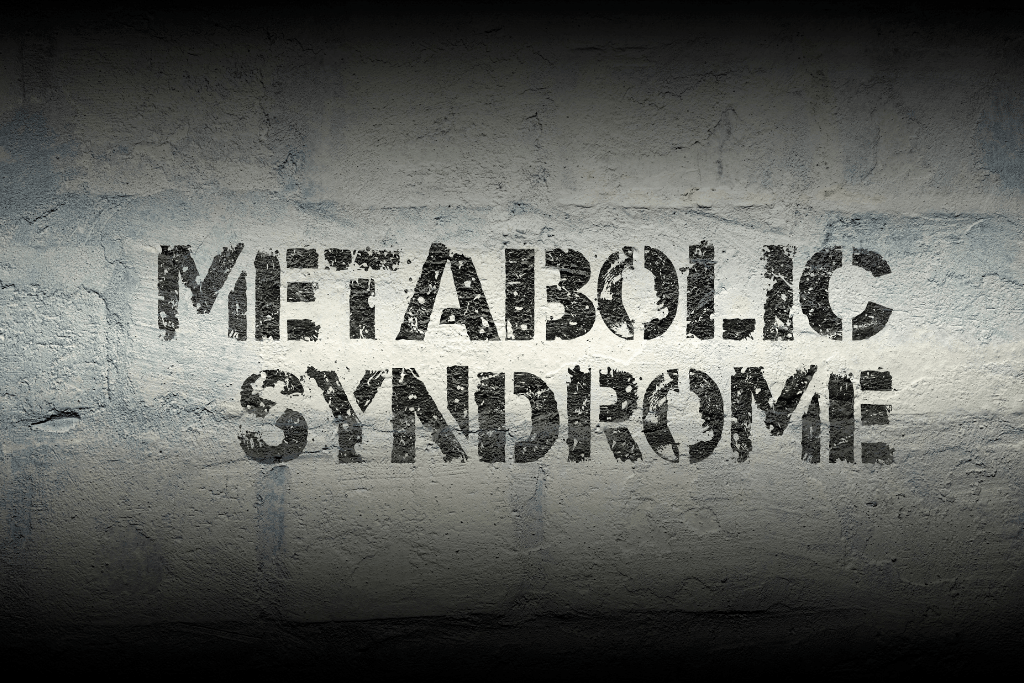If you’ve ever dismissed the term “Metabolic Syndrome” during a checkup, it’s time to pay closer attention. Metabolic Syndrome isn’t just a label or a single diagnosis—it’s your body’s early warning system. Imagine it as a flashing dashboard light, urging you to check under the hood before a bigger problem develops.
Defined by a cluster of conditions—including belly fat, high blood pressure, insulin resistance, and unhealthy cholesterol—Metabolic Syndrome quietly sets the stage for serious illnesses like heart disease, stroke, and type 2 diabetes. According to the Centre for Disease Control (CDC), more than one in three adults in the U.S. have Metabolic Syndrome, often without realising it. The good news? You have more control than you think, starting with your everyday choices.
Let’s unpack what Metabolic Syndrome means for you—and how you can turn the tide.
What Really Causes Metabolic Syndrome? (And Why It’s So Common)
At its core, Metabolic Syndrome is a product of modern life. The ingredients? Long hours sitting, quick processed meals, and daily stress with little movement to burn it off.
Here’s what drives Metabolic Syndrome:
- Visceral fat (belly fat): This isn’t just padding. Visceral fat surrounds your organs, sparking inflammation and sending out harmful chemical signals.
- Lack of physical activity: Sitting all day slows your metabolism and disrupts your body’s natural balance.
- Unhealthy diet: Meals high in sugar and low in fiber—think fast food and sugary drinks—train your body to resist insulin.
- Chronic stress and poor sleep: These raise stress hormones and worsen insulin resistance, further increasing risk.
- Other contributors: Hormonal conditions like PCOS and lifestyle choices such as smoking add fuel to the fire.
Health experts explain, “Visceral fat isn’t just stored energy—it’s metabolically active, sending signals that disrupt your body’s normal functions. That’s what makes it so dangerous”.
When insulin stops working well (insulin resistance), your blood sugar rises, your arteries stiffen, and your risk of diabetes and heart disease skyrockets.
Spotting the Early Signs of Metabolic Syndrome
Here’s the challenge: Metabolic Syndrome rarely shouts for your attention. It sneaks in quietly, often with vague or subtle symptoms.
Watch for these warning signs:
- Expanding waistline: Abdominal obesity is often the first red flag.
- Feeling sluggish after meals: This may signal rising blood sugar.
- Elevated blood pressure: Gradual increases shouldn’t be ignored.
Doctors typically diagnose Metabolic Syndrome if you have three or more of the following:
- Waist circumference: Over 40 inches (men) or 35 inches (women)
- Triglycerides: Above 150 mg/dL
- HDL cholesterol: Below 40 (men) or 50 (women) mg/dL
- Blood pressure: Over 130/85 mmHg
- Fasting glucose: Over 100 mg/dL
Even one or two risk factors deserve attention—early action can prevent escalation.
Why Metabolic Syndrome Is a Big Deal
Let’s be clear: Metabolic Syndrome isn’t just about a few extra pounds. It’s about what’s happening beneath the surface.
If left unchecked, Metabolic Syndrome can lead to:
- Type 2 diabetes: The pancreas struggles to manage rising blood sugar.
- Heart disease: Fatty deposits clog and stiffen your arteries.
- Stroke: High blood pressure and clotting increased risk.
- Kidney and liver damage: Chronic inflammation takes a toll.
- Some cancers: Research links Metabolic Syndrome to higher cancer risk.
People with Metabolic Syndrome are twice as likely to develop heart disease and five times more likely to develop diabetes.
But here’s the hope: the future isn’t set in stone.
How to Prevent or Reverse Metabolic Syndrome
Metabolic Syndrome is not a life sentence, it’s a wake-up call that empowers you to take control. The best part? Small, consistent changes have a huge impact.
Start with these five practical strategies:
- Upgrade your plate: Choose more whole foods—vegetables, legumes, lean proteins, nuts, and healthy fats. The Mediterranean diet is a proven winner.
- Move your body daily: Even 30 minutes of moderate activity (walking, cycling, dancing) five days a week makes a difference.
- Prioritize quality sleep: Aim for 7–9 hours each night. Good sleep helps control hunger hormones and improves insulin sensitivity (Sleep Foundation).
- Control your stress: Chronic stress boosts cortisol, raising blood sugar. Try meditation, mindful breathing, or nature walks to bring it down.
- Reduce smoking and alcohol: Both increase inflammation and risk. Cutting back can quickly improve health markers.
If you’re already diagnosed, your doctor may suggest medications for blood pressure, blood sugar, or cholesterol. But lifestyle changes are the cornerstone of lasting results.
Key Takeaways
Metabolic Syndrome isn’t a fixed destiny—it’s an early alert, giving you a chance to take charge. You have the power to turn things around with food, movement, sleep, and stress management. Whether you’re starting fresh or making tweaks, every positive step counts.
Begin with just one change—and keep going. Your future self will thank you.



